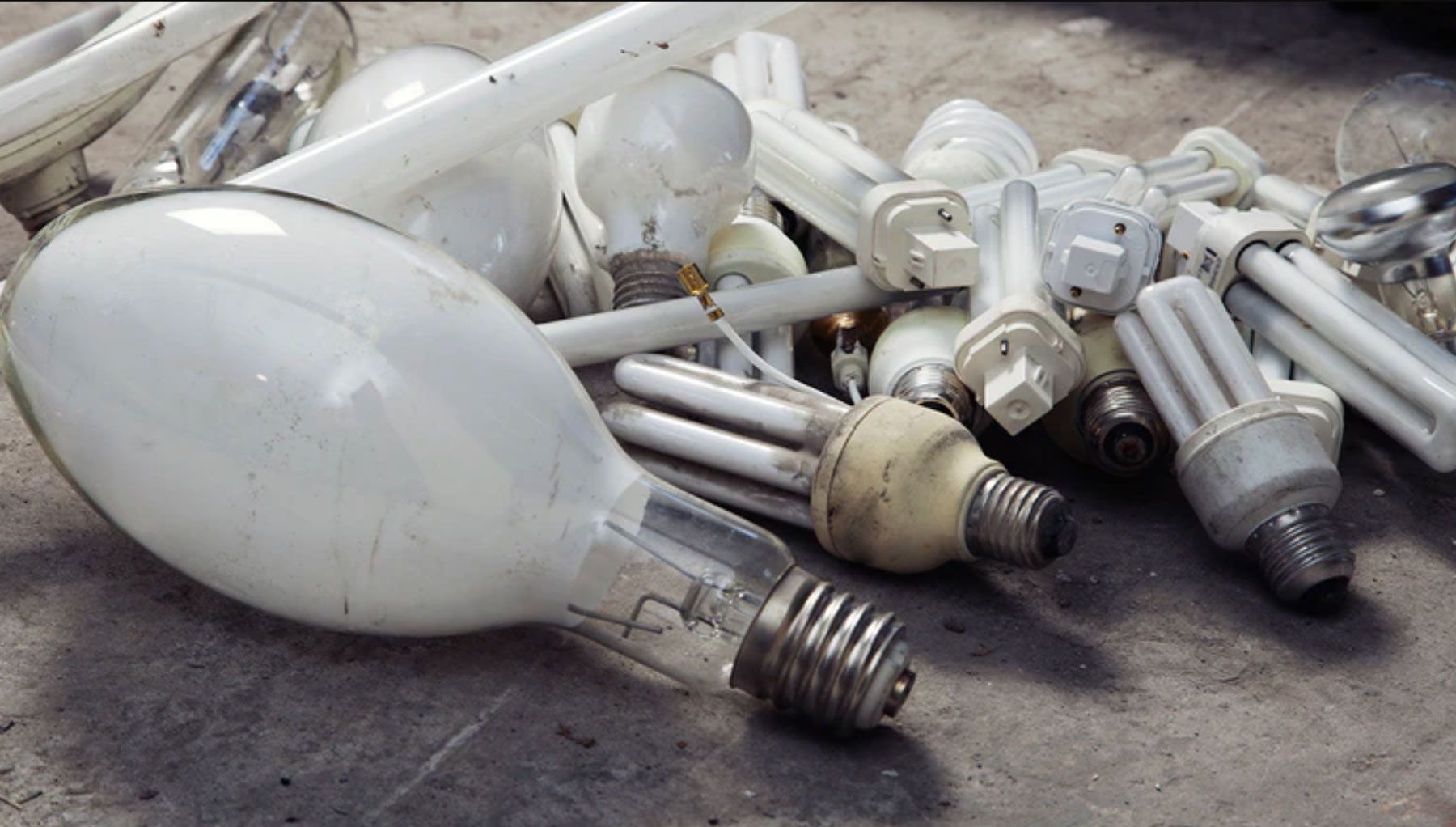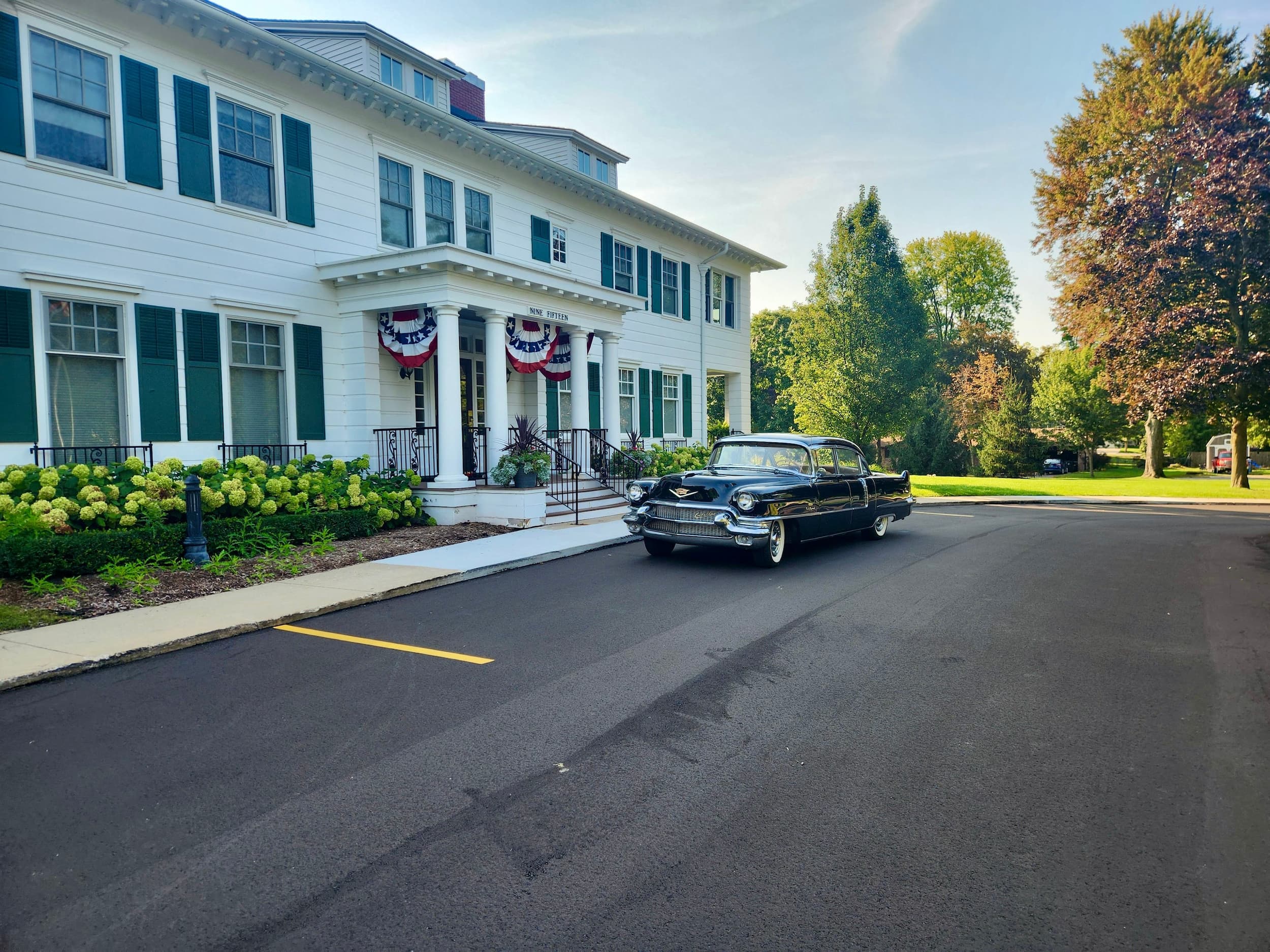Posted in Uncategorized

U.S. patents in the public domain can be a valuable resource. Here’s what to know to help you find the ones to fit your needs.
This article originally appeared in Industry Week on January 4th, 2019
Why should a company research old patents and published applications in an environment of new manufacturing technologies and design techniques?
There are several reasons. First, a company can learn what others have developed and written (“disclosed”) in their patents and patent applications. As an aside, patents start out as patent applications, are published (in most cases) and then some survive the process, called prosecution, to become a granted patent. In either case, the public can review these documents.
Second, researching old patents will give the company intelligence as to possible competitors through licensing information that is often recorded in the United States Patent and Trademark Office (USPTO). The company may decide to pursue a licensing agreement with a party holding a valid patent rather than invest in expensive and time-consuming R&D.
Third, a company can learn what has not been developed and disclosed in the patents and patent applications. A result, any R&D that the company decides upon can skip what has been done or use new processes that were not available or widespread in the past, such as additive manufacturing (3D printing).
U.S. patents are a rare commodity. For example in 2015, only about 630,000 patent applications (both utility and design) were filed in the USPTO. Even less will ever become granted patents. Utility patents are more common. They cover new and useful articles. Design patents are less common and cover the ornamental appearance of articles.
U.S. Patents have designated terms: 20 years maximum for utility patents and 14 years for design patents. For utility patents, maintenance fees must be paid to the USPTO on a regular basis in order for a utility patent to remain in effect. The regular basis is as follows. From date of grant, maintenance fees for utility applications must be paid at 3½ 7½, and 11½-year intervals. As you may expect, these maintenance fees increase over time (to encourage the patent owner to relinquish their rights to the public – more on that later). Also, the maintenance fees are determined according to the size of the patent holder and other exceptions, so a large corporation will pay higher fees than an individual inventor, for example.
Finally, failure to pay the maintenance fee by the due date can result in the loss of the patent (though there are extensions of time available and petitions to revive an abandoned patent). In contrast, there are no maintenance fees for design patents – so design patents are effective for 14 years from the date of grant.
Expiring Patents
So what happens when a patent expires, and how can you find out if one is expired (or not)?
Thankfully, it is easier than ever to research the status of a U.S. Patent. In addition to the USPTO website other resources like Google Patents allow for easy searching for patents. In the case of Google Patents, foreign patents can also be searched, either by their respective numbers or using keywords. Both the USPTO site and Google Patents allow a user to learn the maintenance fee status of a patent (whether the patent is in effect or expired due to failure to pay maintenance fees). These websites and others are being updated constantly so it will be ever-easier to search for the status of a patent.
As we’ve seen, a U.S. patent can expire due to failure to pay maintenance fees, but all U.S. patents will expire when they’ve reach their full term – 20 years – if all their maintenance fees have been paid.
Once a U.S. patent has reached full term or it has expired due to failure to pay maintenance fees – it is available for the public to make use of – public domain.
Examples of use of expired patents – pharmaceuticals
Perhaps the most common example is that of pharmaceuticals. Every so often a drug is in the news because it is about to go “off patent” and therefore the company (or other patent right holder) will lose the abilty to restrict the production and sale of the drug in the US at least. It is important to note that a license agreement is only effective for the term of the patent. If the patent reaches full term or expires before that due to non-payment of patent maintenance fees any license under the patent is no longer valid.
The Supreme Court confirmed a long-standing case prohibiting payment of license fees beyond the term of the patent (Kimble et al. v. Marvel Entertainment (2015)). Once the drug goes “off patent” – the patent expires – then any company can produce the drug and sell it in the US without concern of a license fee or patent infringement suit.
What does public domain mean in terms of a U.S. Patent?
If a U.S. Patent is in the public domain, all of its rights previously held by the owner (or licensees) have been extinguished. The result is that any member of the public can make use of the technology described in the public domain U.S. patent without paying a licensing fee or without fear of a lawsuit for infringement. It is important to note that the scope of the public domain U.S. patent must be followed – straying outside the scope could result in an infringement action. The public domain U.S. patent must be considered to be a closed document in that nothing outside may be added.
For example, a public domain U.S. patent may be directed toward a chair but not mention wheels mounted to the chair. As a result, a member of the public can use the public domain U.S. patent to make the described chair, but not one with wheels, as that may result in an infringement issue on one or more other U.S. patents that may still be in effect. Additional research would be necessary to determine whether wheels on a chair are in the public domain.
What if you are looking to solve a problem and think than a public domain U.S. patent may be helpful?
The USPTO site and Google Patents, among others, can be used to search for the problem solution using keywords. Depending upon the technology of the problem, it is possible that there are public domain U.S. patents that could teach you how to solve your problem. It is important to note that U.S. patents are teaching documents, in that they should teach someone of ordinary skill in the art how to make and use the invention. This is called the Enablement Requirement is part of U.S. patent law[1].
Sometimes a public domain U.S. patent can serve another purpose – focusing research and development.
For example, a company may be entering a new area of technology or want to bid on a project or contract. As a result, the company may decide to conduct research and development to solve the problem. It would be worthwhile for the company to conduct a patent search (not limited to a U.S. patent search) for a number of reasons:
- The company wants to avoid patent infringement (of a current U.S. (or foreign patent));
- The company wants to save time and energy developing “on an island” when it is possible that others have done research in this area previously;
- To avoid the costly mistakes that others may have encountered and described in their public domain and current U.S. patents;
- To learn the state of the current technology before deciding to move forward in the first place;
- To learn what competitors are already in the technology space; and
- To learn what equipment or machinery may be needed to practice the technology.
Expired, public domain U.S. patents can be a valuable tool for individuals and companies to learn what technology is available for use without fear of an infringement suit or licensing fees. While some of these patents may be at their 20-year term, others may be much newer, and provide valuable insight into those participating in a technology area and the scope of their patent portfolio.
Conclusion
Searching expired patents as well as patent applications can help a company determine the state of the art in a particular area, identify individuals and companies involved in that area, learn what processes, materials, methods, and equipment have been used in that area, and use that information to decide whether to explore licensing when appropriate or to further advance the state of the art with a new patent application of their own, keeping in mind that their patent application will have to survive the prosecution process. A well-informed company can decide where and how to proceed.
Disclaimer & Notice: The content of this article does not constitute legal advice. The information presented herein is for informational use only. Not responsible for the actions or failures of third parties. Not responsible for any action or inaction based on the content of this article. The content of this article is solely the opinion of the author(s) and may not necessarily be those of Remenick PLLC, its clients or members. Reading this article does not constitute the establishment of an attorney-client relationship. Any communication received will not be confidential unless and until an attorney-client relationship is established by an engagement letter. The content of this article may not be current as of the date of access and may be removed or updated without notice. Consult with legal counsel before undertaking any legal action.


